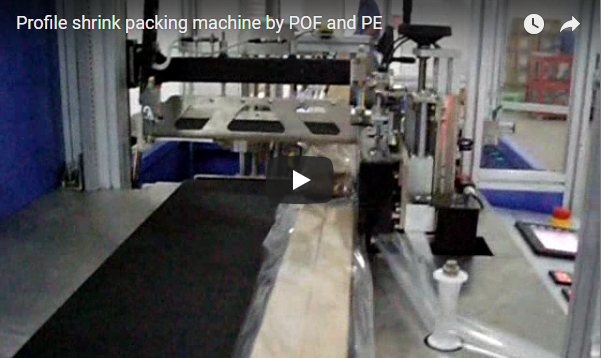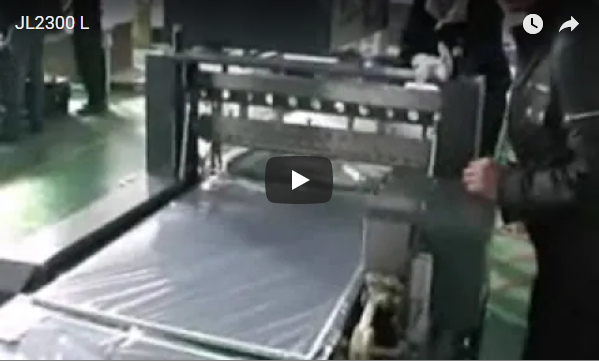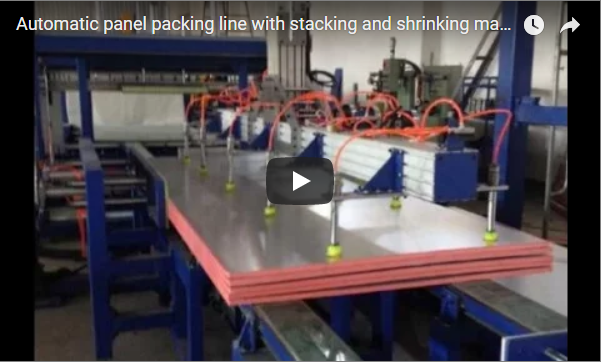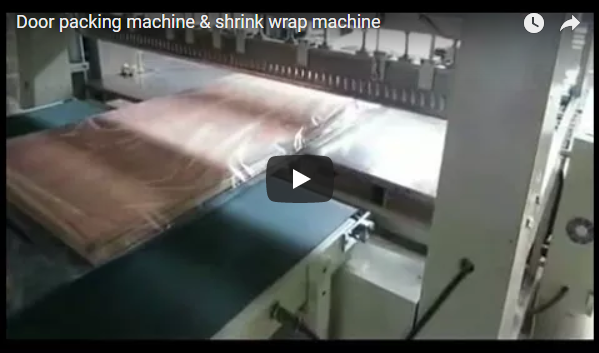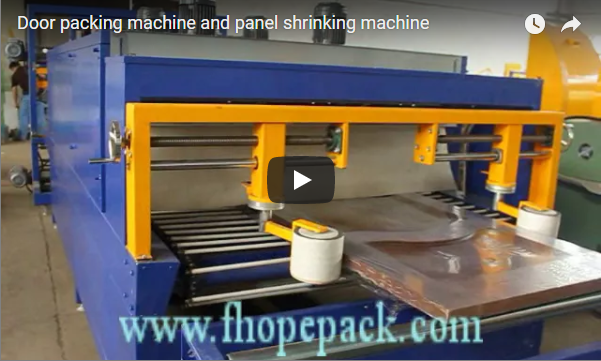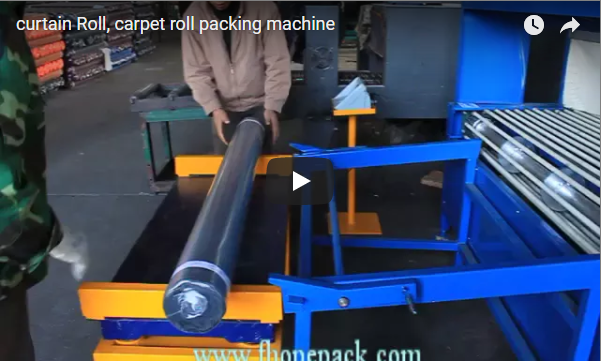Mastering Large Item Packaging: A Technical Guide to Door/Panel Sealing and Shrinking Machines
Handling and protecting large, flat items like doors, panels, windows, or assembled furniture presents unique packaging challenges. An automatic door/panel sealing and shrinking machine offers an efficient and reliable solution, creating a tight, protective layer of film around the product. This guide delves into the technical aspects, operational best practices, and benefits of these essential packaging systems, aligning with the practical, instructional focus valued in the manufacturing and fabrication sectors.
1. Understanding the Core Functionality: Sealing and Shrinking Explained
At its heart, the machine performs two primary functions sequentially:
- Sealing: A continuous roll of shrink film is precisely dispensed. As the product moves into the sealing area (often via conveyor), the machine creates a complete bag or sleeve around it. Common sealing methods include:
- L-Bar Sealers: Use an L-shaped heated bar to seal two sides of the film simultaneously, suitable for moderate production speeds.
- Side Sealers: Employ continuous motion sealing wheels/bars for the side seal and a cross-seal bar for the front and back, allowing for higher throughput and packaging of longer items. A sealing blade cuts the film after encasing the product.
- Shrinking: The loosely bagged product then travels through a heated shrink tunnel. Controlled hot air circulation causes the polyolefin (POF) or polyethylene (PE) film to shrink uniformly, conforming tightly to the contours of the door or panel.
The entire process is typically orchestrated by a Programmable Logic Controller (PLC), ensuring precise timing and synchronization between conveying, sealing, and shrinking operations.
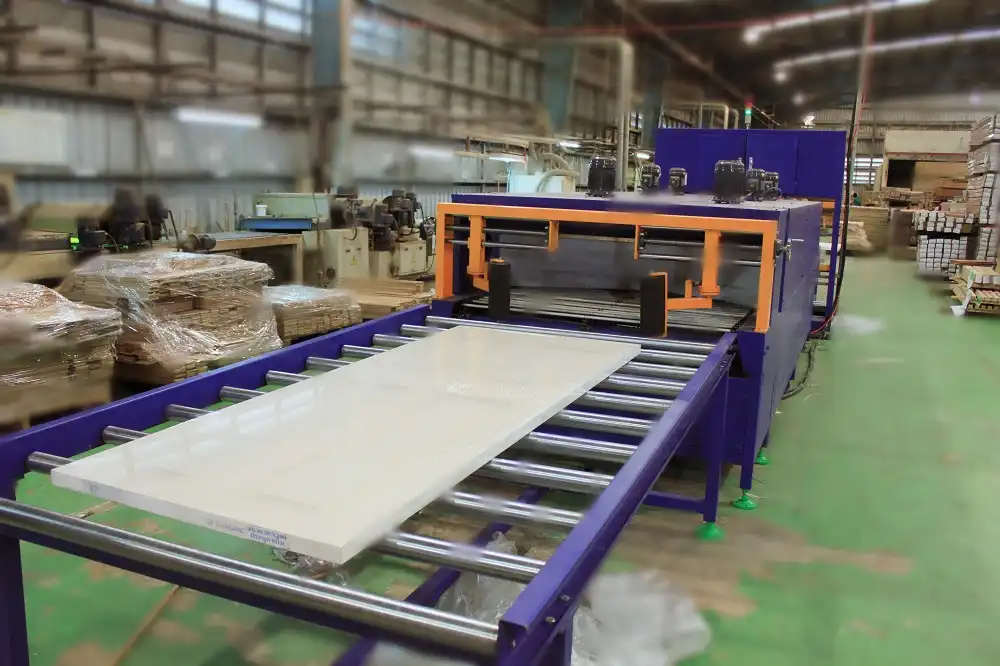
2. Key Components and Technical Specifications
Understanding the components helps in selecting the right machine and optimizing its performance:
- Infeed/Outfeed Conveyors: Must be robust enough to handle the weight and dimensions of the products. Variable speed control is crucial for matching line speed and optimizing shrink results. Roller or belt types are common.
- Film Delivery System: Includes the film cradle (supporting the roll), film perforators (allowing air to escape during shrinking, preventing ballooning), and tension control mechanisms.
- Sealing System:
- Seal Bar/Blade: Material (e.g., coated Nichrome wire or a solid knife bar), temperature control accuracy, and pressure are critical for strong, consistent seals.
- Seal Pad/Jaw: Provides the counter-surface for the sealing bar, often covered with durable, heat-resistant silicone or PTFE tape.
- Shrink Tunnel:
- Heating Elements: Infrared (IR) emitters or convection heaters generate the necessary heat.
- Airflow Control: Adjustable blowers and baffling ensure even heat distribution around the product for uniform shrinking. Lack of control can lead to film burn-through or insufficient shrink.
- Conveyor: Often a mesh belt or heat-resistant rollers to allow airflow underneath the product. Speed must be synchronized with the sealer output.
- Temperature Control: Precise PID (Proportional-Integral-Derivative) controllers maintain set temperatures, often with multiple zones for finer control.
- Control Panel (HMI): Human-Machine Interface allows operators to set parameters like seal time, seal temperature, tunnel temperature, conveyor speed, and view diagnostics.
Typical Parameter Ranges (Example - Varies by Model):
| Parameter | Typical Range/Value | Notes |
|---|---|---|
| Max Product Size (LxWxH) | Varies greatly (e.g., 3000x1200x150mm) | Crucial specification for application fit |
| Sealing Method | L-Bar / Side Seal | Side seal generally faster for long products |
| Film Type | PE (Polyethylene), POF (Polyolefin) | PE often preferred for heavier items |
| Film Gauge | 40 - 150 microns (1.5 - 6 mil) | Thicker film for more puncture resistance |
| Throughput | 5 - 20+ packs/minute | Dependent on product size & machine type |
| Tunnel Temperature | 150°C - 230°C (300°F - 450°F) | Varies significantly based on film & speed |
| Power Requirements | 220V/380V, 3-Phase, 15-50 kW | Substantial due to heating elements |
3. Selecting the Right Shrink Film
The choice of shrink film significantly impacts package integrity and appearance:
- Polyethylene (PE): Generally more robust and cost-effective, often used for bundling and protecting heavier items like doors. Can be less clear than POF. Available in higher gauges (thickness).
- Polyolefin (POF): Offers excellent clarity and shrink characteristics, producing a tighter, cleaner-looking package. More common for retail-ready items but can be used for panels if puncture resistance isn't the primary concern.
- Gauge (Thickness): Measured in microns or mils. Thicker films offer better puncture resistance but cost more and may require higher shrink temperatures or slower speeds. Balance protection needs with cost and machine capability.
- Shrink Ratio: Films shrink differently in the machine direction (MD) and transverse direction (TD). Understanding this helps prevent distortion of the packaged product.
4. Operational Best Practices & Experience Sharing
Achieving optimal results requires attention to detail:
- Proper Setup: Temperature settings (seal bar and tunnel), conveyor speed, and seal dwell time must be carefully calibrated based on the film type, gauge, and product size. Start with manufacturer recommendations and fine-tune.
- Consistent Loading: Ensure products are placed consistently on the infeed conveyor to guarantee proper positioning within the sealing area. Misalignment leads to poor seals or film wastage.
- Air Evacuation: Ensure film perforations are adequate or strategically placed to allow air to escape during shrinking. Trapped air results in ballooning and loose packaging.
- Tunnel Conditions: Monitor airflow patterns. Uneven heating leads to wrinkles on one side and potential burn-through on the other. Adjust baffles or blower speeds as needed.
- Cooling: Allow sufficient cooling time after the shrink tunnel before handling or stacking to let the film fully set and achieve maximum strength.
- Safety First: Ensure all machine guards are in place, emergency stops are functional and accessible, and operators are aware of heat hazards from the seal bar and tunnel. Regular safety training is essential.
5. Routine Maintenance and Troubleshooting
Preventative maintenance minimizes downtime and ensures consistent package quality:
- Daily Checks: Inspect seal wire/blade for wear or residue buildup. Check PTFE tape/silicone pad on the seal jaw for cuts or burns. Ensure conveyors run smoothly.
- Weekly/Monthly: Clean filters for blowers in the shrink tunnel. Inspect heating elements. Check drive chains/belts for proper tension. Verify safety interlocks.
- Common Issues & Solutions:
- Weak/Incomplete Seals: Increase seal temperature or dwell time; check seal bar alignment and pressure; clean sealing components.
- Film Burn-Through: Reduce tunnel temperature; increase conveyor speed; check for hot spots in the tunnel (adjust airflow).
- Uneven Shrink ("Dog Ears"): Adjust tunnel temperature zones or airflow; ensure proper film perforation; check film properties.
- Film Jamming: Check film path for obstructions; verify correct film threading and tension; inspect film roll for defects.
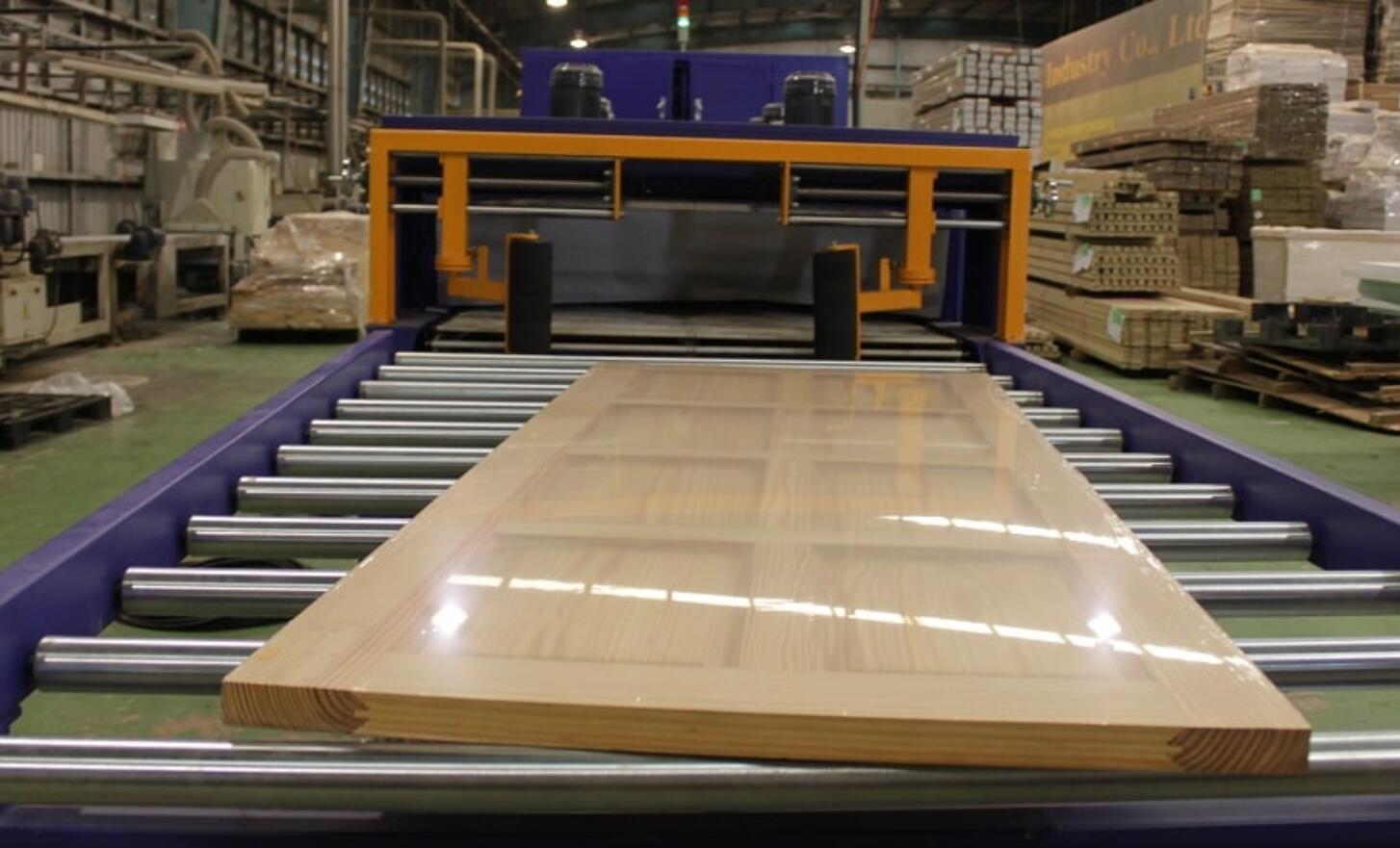
6. Benefits Beyond Protection and Stability
While product protection during transit and storage is the primary driver, these machines offer further advantages:
- Enhanced Efficiency: Automates a labor-intensive process, significantly increasing throughput compared to manual bagging and shrinking.
- Reduced Labor Costs: Frees up personnel for other tasks.
- Improved Load Stability: Tightly shrunk units are often more stable for stacking and transport.
- Material Savings: Optimized film usage compared to manual methods or alternative packaging like crates or cartons, potentially reducing packaging costs.
- Product Presentation: Provides a clean, professional appearance and tamper evidence.
- Dust and Moisture Barrier: Offers excellent protection against environmental contaminants.
Conclusion
Automatic door/panel sealing and shrinking machines are vital assets in industries handling large, flat products. By understanding their technical components, selecting the appropriate film, adhering to operational best practices, and performing routine maintenance, manufacturers and fabricators can ensure efficient, reliable packaging that protects products from the factory floor to the final destination. Investing in the right system and training operators effectively translates directly to improved product integrity, reduced costs, and enhanced operational efficiency.

